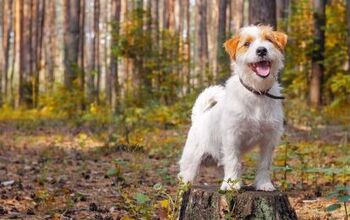What is the Best Type of ID for My Dog While Travelling?
Travelling with our dogs is an exciting experience, but it also comes with responsibility – ensuring they are safe at every turn. Whether you’re heading out on a road trip together, camping with your canine companion by your side, jet-setting on a flight, or hiking your local trails, one of the most critical aspects to consider is proper identification. While traditional ID tags have been a reliable choice and are often seen as the standard ID solution, there are many innovative options for today’s dog parents to choose from.In this article, we’ll explore the significance of dog identification during travel and delve into many of the options available beyond just traditional hang tags. From microchips and QR codes to GPS tracking devices, discover the many ways to keep your pup safe and accounted for on your next adventure. Why is Dog ID Important When Travelling?Before we get into the specifics of different ID options for your pup, let’s start at the beginning. Why is dog ID necessary while travelling, and how can something so simple keep your dog safe? Every dog parent should be aware of the risk of their pup going missing. In fact, it is estimated that approximately 10 million pets go missing every year in the United States. While it is always a frightening experience when a pet goes missing, imagine it happening somewhere far from home that you and your dog aren’t familiar with. You don’t know where they will go or where to start looking. It can happen in the blink of an eye despite taking all precautions. Kennel locks fail, leashes break, and dogs can take off quickly when spooked. Even if your dog is picked up and taken to the local shelter eventually, that is only a piece of the puzzle in bringing them home safely. Without proper identification, the shelter workers have no way of knowing who this dog belongs to, whether they are a stray or someone’s beloved pet, or how to contact you to let you know that they have been found safe. Ensuring your dog has proper ID at all times can make all the difference in whether they are brought home safely.












